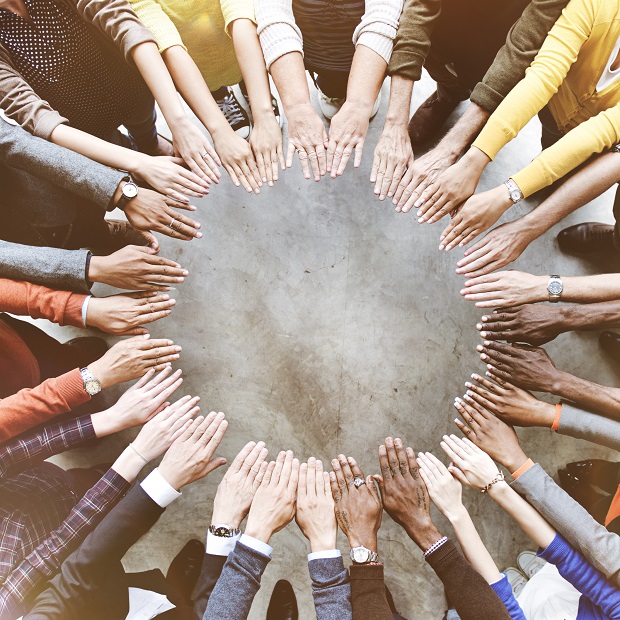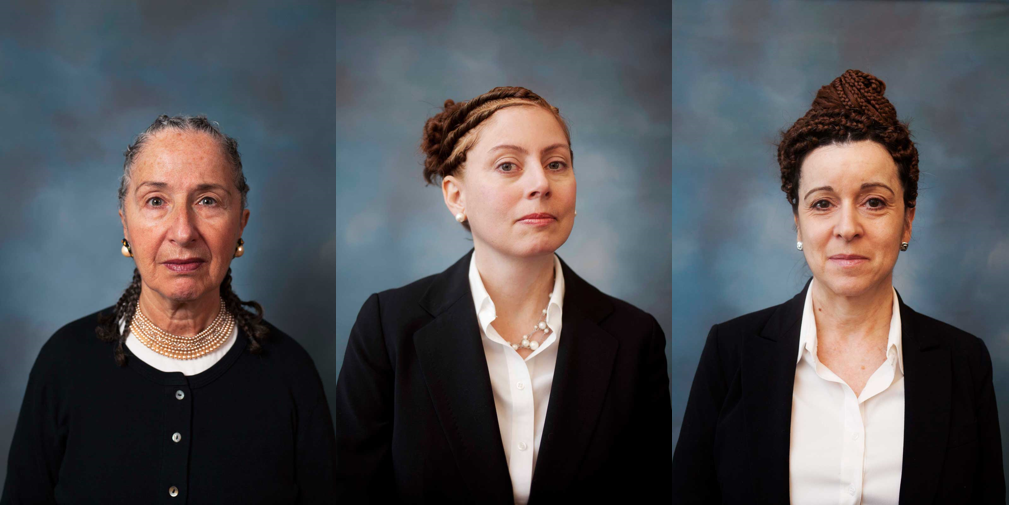
The New York Times published an article last week about the “exodus” of male executives from Nike following a survey of women at the company that revealed a culture, at least in some areas of the company, of harassment and gender discrimination. When I read the article, my first thought was, “Good riddance,” as has been my thought many times over the past year as men like Harvey Weinstein, Matt Lauer, and even Al Franken have been ousted over their various indiscretions. These top executives at Nike have not been accused of anything directly; however, the article details a chain of command and an inner circle of power that makes it difficult to believe they didn’t know about the systemic cultural problem at Nike – some of they key players directly reported to them. So, “Good riddance,” right?
Over the past year, I’ve been battling with two instincts when it comes to the #MeToo Movement: “let it burn” and “let’s educate.” My life is riddled with #MeToos – from my friends, to family members, to former colleagues and classmates, and even my own. I don’t know a woman whose experience is otherwise. We all know at least one. Because of this, my life is also riddled with stories of victim shaming and blaming and ignoring. So, yes, my first instinct in almost all of these situations is to write the man at fault off and to call for putting women in charge. And in some cases, I think that is the right decision, like in the situations with Matt Lauer and Harvey Weinstein.
But my follow-up instinct is to say that we need to teach boys to have emotions and teach men to communicate with women and create spaces where we can all learn from one another because this moment is hard and messy and doesn’t seem to be going away any time soon. But are there lost causes? Are there people and teams and “inner circles” that we shouldn’t even waste our time with? What’s the balance? When a company like Nike needs to undergo a massive cultural transformation, what’s the balance between making space for new leadership and educating the leadership that’s already in place?
This is one of those both/and situations. It seems that new leadership might be necessary in order for employees to believe change is happening. It also seems like plenty of people will still be there that have much to learn, so they will need to do more than just make leadership changes. Beyond just the actions they will take, I’ve been thinking about what drives companies to take action in general, whether it’s profit or values, fear or hope. I thought about the women at Nike who took it upon themselves to create this internal survey and do what they needed to do to get it on the desk of the CEO – they had to have done this out of hope for a better work environment or at the very least, out of hope to finally be heard.
Hope. Perhaps it’s having hope that bridges the gap between a “let it burn” mentality and a commitment to educating within the current, seemingly intractable, structure of power. And it makes sense to be on a pendulum swing between the two lately rather than finding the center—hope is a difficult feeling to hold onto these days.
But what if hope isn’t a feeling? I recently listened to an interview between activist and organizer DeRay McKesson and social worker and author Brené Brown around the idea of hope on an episode of McKesson’s podcast, “Pod Save the People”. Brown starts the conversation by claiming that hope is not a feeling. Hope is not just the feeling that we will get through this or that things will get better – that’s what makes it difficult to hold onto. Even when we assume that hope precipitates action, we still think of hope as this feeling or even an emotion. However, Brown says that hope is actually a cognitive behavioral sequence that’s taught and modeled. It is operationalized as “goal, pathway, and agency.”
Goal is the ability to set measurable, observable, and realistic benchmarks that are within our control. Pathway is having the skills and plan to reach the goal as well as the skills to come up with a plan B if needed. Finally, agency is believing you have the ability to follow through with the plan and reach the goal.
What does this have to do with Nike and #MeToo? We have to create cultures of hope within our organizations. We can’t just “let it burn” if we have hope in people’s ability to learn and change – if we believe we can set a reasonable goal for a more inclusive environment and provide people with the skills they will need to get there. On the other hand, we can’t just keep anyone and everyone around because we believe in the importance of education and transformation. We can’t allow people to undermine another’s agency. Men who, like in the Nike situation, continually and sometimes aggressively undermined the agency of women by ignoring complaints, retaliating against those who make them, perpetuating a casual tone towards issues of sexual harassment, and passing up qualified candidates for leadership positions based on gender do not necessarily have a place in a new culture of hope.
In the interview, Brown quotes Rob Bell on the definition of despair to say that “Despair is believing tomorrow will be just like today.” In the midst of the #MeToo movement and the general polarization of our country and world, we need to create cultures of hope to counter the fear that tomorrow will be just like today. We need to create cultures in which people believe in their abilities to create positive change, no matter who they are. We need to create cultures in which people are not so in despair that they believe the only option is to “let it burn.” We need to create cultures in which transformation happens through the affirming of people’s agency – particularly when it has been undermined in the past.
Creating a culture of hope is not about feelings; it’s about action. What’s your goal? What’s your pathway? Do you believe in yourself?
If you’re looking for skills on your pathway, check out two new resources published by The Winters Group: Principal Strategist Kevin Carter’s article, “Men and Women Seeking #MeToo Congruence: Being the #MeToo Imperfect Ally” and contributing writer Luiza de Melo Dreasher’s white paper, “Bold, Inclusive Conversations™: Addressing Race and Racism in the Workplace”.


















